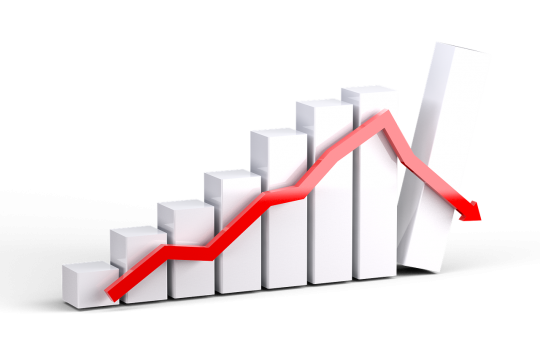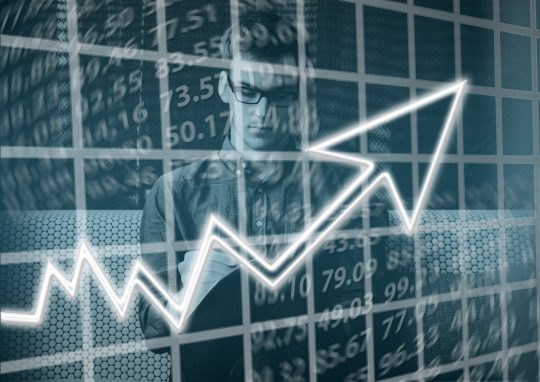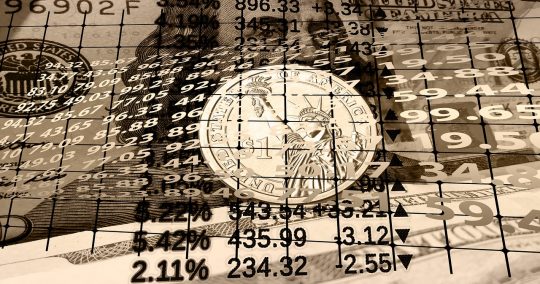World’s Most Important Bank Issues Urgent “Zombie Alert”
It’s been a decade since the world’s major central banks reacted to the financial crisis by cheapening the value of money through record low, zero or negative rates.
What my research for my book Collusion: How Central Bankers Rigged the World revealed was how central bankers and massive financial institutions have worked together to manipulate global markets for the past decade.
Major central banks gave themselves a blank check with which to resurrect problematic banks; purchase government, mortgage and corporate bonds; and in some cases — as in Japan and Switzerland — buy stocks, too.
They have not had to explain to the public where those funds were going or why. Instead, their policies have inflated asset bubbles while coddling private banks and corporations under the guise of helping the real economy.
The zero interest rate and bond-buying central bank policies prevailing in the U.S., Europe and Japan have been part of a coordinated effort that has plastered over potential financial instability in the largest countries and in private banks.
It has, in turn, created asset bubbles that could explode into an even greater crisis the next time around.
So today we stand near — how near we don’t yet know — the edge of a dangerous financial precipice. The risks posed by the largest institutions still exist, only now they’re even bigger than they were in 2007–08 and operating in an arena of even more debt.
Now the Bank for International Settlements (BIS), or the “central bank of central banks,” is sounding a new alarm on this policy.
In its recent quarterly report, the BIS warned that low rates have catalyzed an increase in the number of “zombie” firms. The number of such firms has now risen to an all-time high.
…click on the above link to read the rest of the article…



















